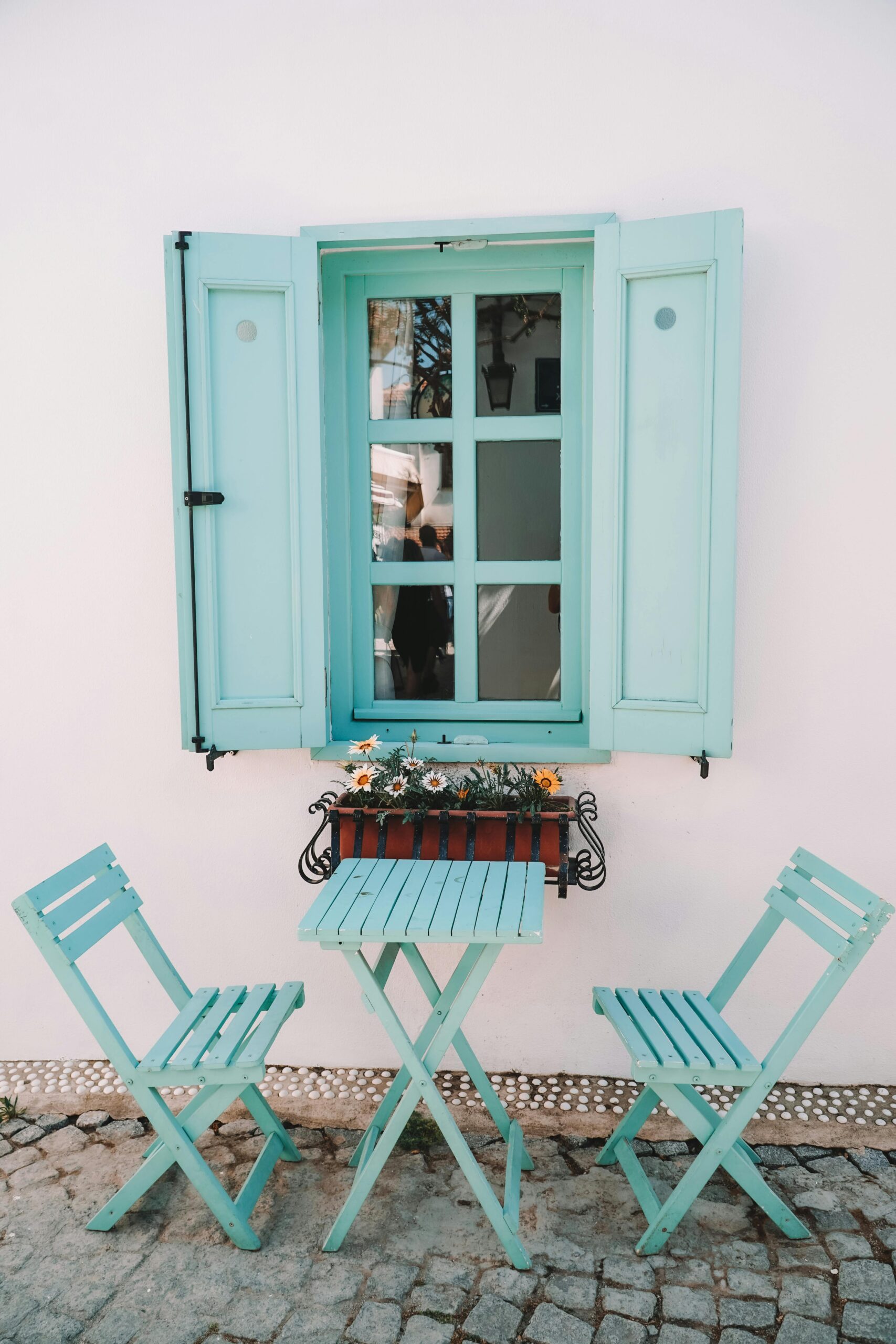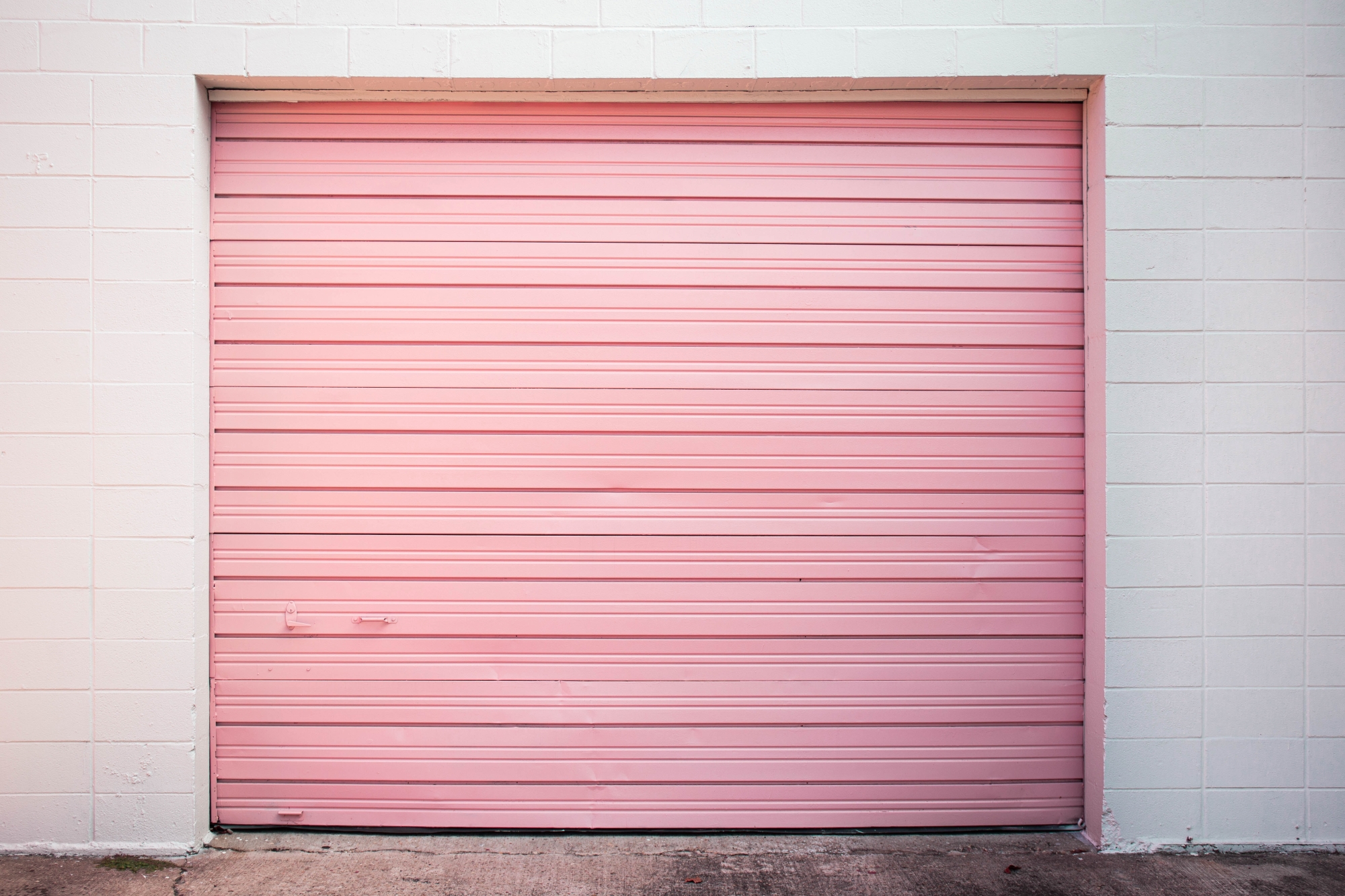Over time, exposure to sun, rain, and wind can cause outdoor paintwork to fade and lose its vibrant appeal. Whether it’s patio furniture, garden fences, or decorative fixtures, faded paint can make your outdoor space look tired and neglected. Fortunately, refreshing outdoor paintwork doesn’t require a complete overhaul! With the right techniques, you can bring back the brightness and extend the life of your painted surfaces. Here’s a step-by-step guide to fixing and refreshing faded outdoor paintwork.
Step 1: Assess the Damage
Before diving into repairs, examine the painted surface to understand the extent of the fading and any underlying issues:
- Check for Peeling or Cracking: If paint is peeling or flaking, the surface will need additional preparation.
- Inspect for Mould or Mildew: Dark spots or discoloration may indicate growth that needs to be removed.
- Evaluate Surface Condition: Look for scratches, dents, or exposed material that may require sanding or patching.
Understanding the condition of the surface helps you plan your approach and gather the right materials.
Step 2: Gather Your Tools and Supplies
Tools and Materials Needed:
- Prep Clean
- Scrubbing brush or sponge
- Sandpaper (medium and fine grit)
- Tack cloth
- Masking tape
- Drop cloth or tarp
- Primer (if needed)
- Exterior-grade paint
- Paint brush or roller
Step 3: Clean the Surface
Why Cleaning is Crucial:
Dirt, grime, and chalky residue from old paint can prevent fresh paint from adhering properly. Cleaning ensures a smooth, clean surface for paint application.
How to Clean Faded Paintwork:
- Start with Basic Cleaning:
Mix warm water with a mild detergent and scrub the surface to remove dirt and debris. - Tackle Tough Stains:
Use a prep clean before painting. - Rinse Thoroughly:
Use a hose to wash off soap and residue. Allow the surface to dry completely before proceeding.
Step 4: Sand and Smooth the Surface
Why Sanding is Important:
Sanding removes loose paint, smooths rough patches, and creates a surface that fresh paint can adhere to effectively.
How to Sand Faded Paintwork:
- Start with Medium Grit Sandpaper:
Sand peeling or rough areas to remove loose paint. - Smooth with Fine Grit Sandpaper:
Use fine-grit sandpaper (600-800 grit) to create an even surface. - Remove Dust:
Wipe the surface with a damp cloth to eliminate dust and debris. - Tack cloth
Step 5: Apply Primer (If Necessary)
When to Use Primer:
- If the surface shows bare wood, metal, or plastic. (follow our guide for painting bare metal or plastic)
- If the old paint colour is dark and you’re painting a lighter colour over it.
- If the surface has been heavily sanded.
How to Apply Primer:
- Use a primer designed for the material (wood, metal, or plastic).
- Apply a thin, even coat using a brush, roller, or sprayer.
- Allow the primer to dry fully before moving to the next step.
Step 6: Paint the Surface
How to Paint Faded Surfaces:
- Protect the Area: Use masking tape to mask off edges and lay down a sheet to protect surrounding areas.
- Apply Paint: Use a brush, roller, or sprayer to apply the paint.
- Allow Drying Time: Let each coat dry completely before applying the next. Key in between coats with P600-800. Most surfaces require 2-3 coats for full coverage.
- Blend as Needed: Feather the edges where new paint meets old paint for a seamless look.
Step 7: Maintain the Refreshed Paintwork
To keep your paintwork looking fresh for longer, follow these maintenance tips:
- Clean Regularly: Wipe down surfaces periodically to remove dirt and debris.
- Touch Up as Needed: Keep leftover paint for quick touch-ups to cover small chips or scratches.
- Protect from Harsh Conditions: Cover furniture or move it to a sheltered area during extreme weather.











